
5,000-Year-Old Carbonized Barley Found in Early Bronze Age Settlement in Van’s Gürpınar District
Archaeologists in eastern Türkiye have unearthed a remarkable find at the İremir Mound (İremir Höyüğü) in Van’s Gürpınar district — carbonized barley grains dating back around 5,000 years, offering a rare glimpse into the Early Bronze Age agricultural practices of Eastern Anatolia.
Excavations at the site, conducted under the supervision of Van Museum and the scientific leadership of Prof. Dr. Hanifi Biber from Van Yüzüncü Yıl University’s Department of Archaeology, have been ongoing since 2020 with a 15-person multidisciplinary team of archaeologists, anthropologists, and art historians.

A Bronze Age Kitchen Frozen in Time
This season, the team uncovered a well-preserved kitchen area adjacent to a storage room identified in previous years. Within the space, they found a hearth, pottery, grinding stones, and sheep bones, as well as a broken storage jar containing carbonized barley.
“The context was in situ, meaning everything was preserved in its original position — a rare occurrence in field archaeology,” Prof. Biber said. “The grains were sieved and secured for laboratory analysis to determine their exact date and composition.”
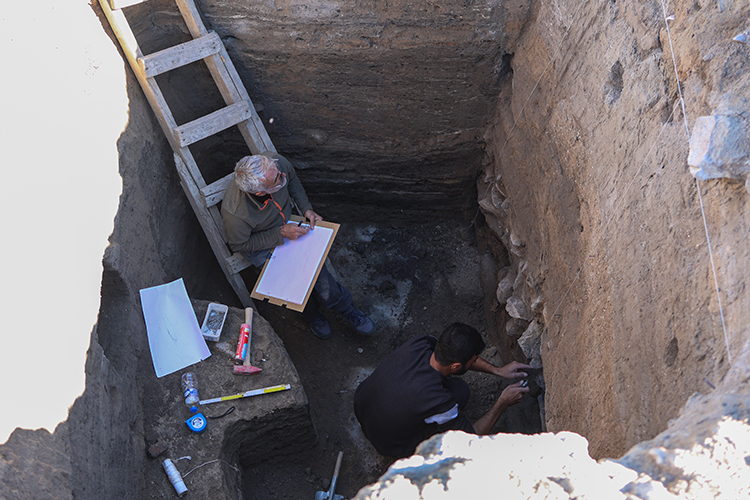
Biber explained that İremir Höyük’s main cultural layers belong to the Karaz (Early Transcaucasian) Culture, a Bronze Age cultural horizon extending from Eastern Anatolia to the South Caucasus. The new findings suggest continuous occupation and significant agricultural activity in the region thousands of years before the rise of the Urartian Kingdom.
📣 Our WhatsApp channel is now LIVE! Stay up-to-date with the latest news and updates, just click here to follow us on WhatsApp and never miss a thing!!
Van Lake Basin’s Earliest Settlement
The site has revealed eight distinct cultural layers so far, making it the oldest ongoing excavation in the Van region. Among recent discoveries are obsidian cutting tools, bone implements, and large storage vessels indicating organized food production and storage.
“These finds show that İremir Höyük was a key agricultural hub in the Early Bronze Age,” Biber noted. “It provides new evidence on how the earliest communities in the Van Lake Basin organized their economy and daily life.”
Traces of Pre-Urartian Life
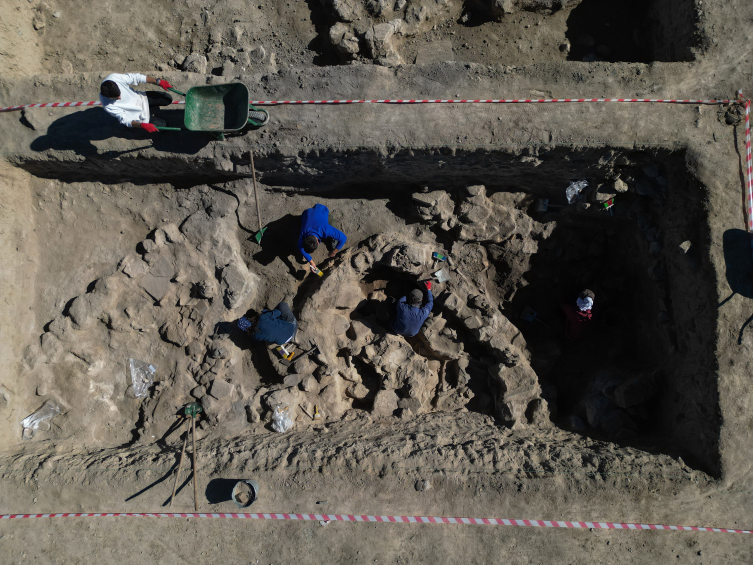
Assoc. Prof. Hakan Yılmaz, a member of the excavation team, added that the remains also illuminate pre-Urartian animal husbandry in the region. “We found numerous bones of small ruminants and fewer cattle remains. Wild animals like goats, red deer, and even a bear — possibly hunted for its pelt — were identified,” he said.
According to Yılmaz, while most excavations in the Van region focus on Urartian fortresses and necropolises, İremir Höyük stands out as a rare pre-Urartian settlement, offering a deeper look into the roots of agriculture and settlement in Eastern Anatolia.
You may also like
- A 1700-year-old statue of Pan unearthed during the excavations at Polyeuktos in İstanbul
- The granary was found in the ancient city of Sebaste, founded by the first Roman emperor Augustus
- Donalar Kale Kapı Rock Tomb or Donalar Rock Tomb
- Theater emerges as works continue in ancient city of Perinthos
- Urartian King Argishti’s bronze shield revealed the name of an unknown country
- The religious center of Lycia, the ancient city of Letoon
- Who were the Luwians?
- A new study brings a fresh perspective on the Anatolian origin of the Indo-European languages
- Perhaps the oldest thermal treatment center in the world, which has been in continuous use for 2000 years -Basilica Therma Roman Bath or King’s Daughter-
- The largest synagogue of the ancient world, located in the ancient city of Sardis, is being restored



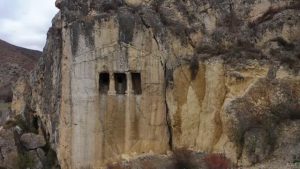

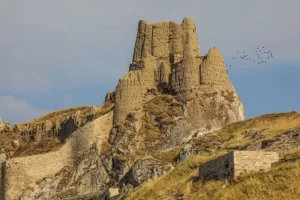
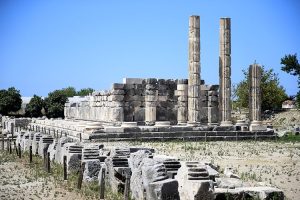



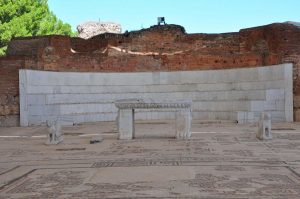
Leave a Reply